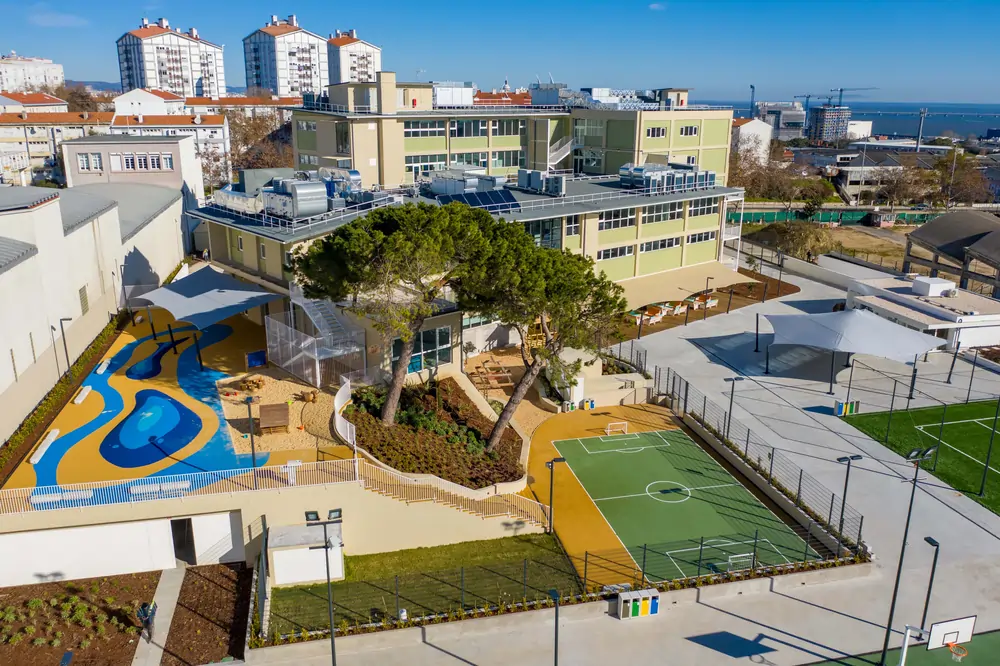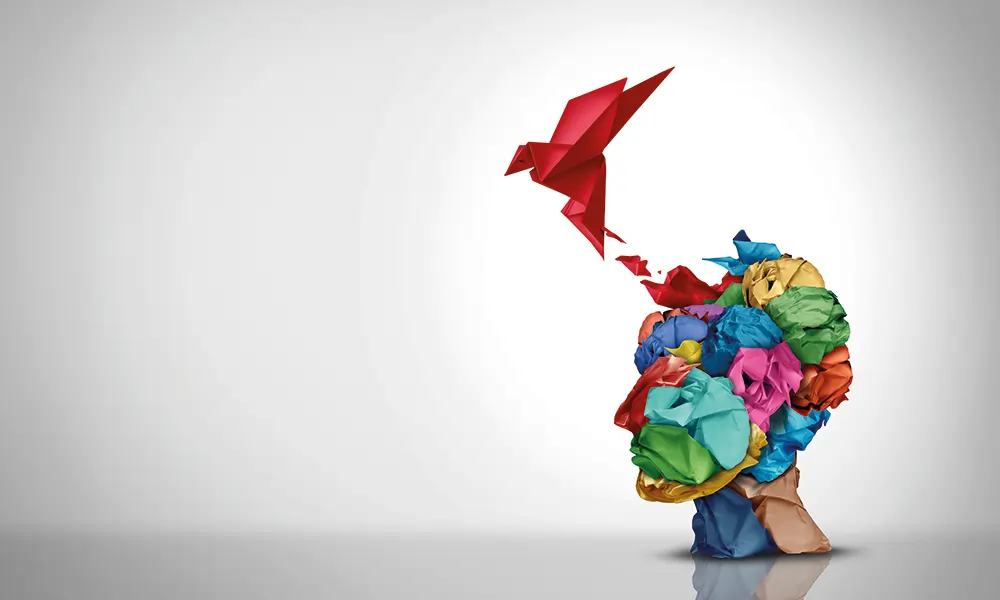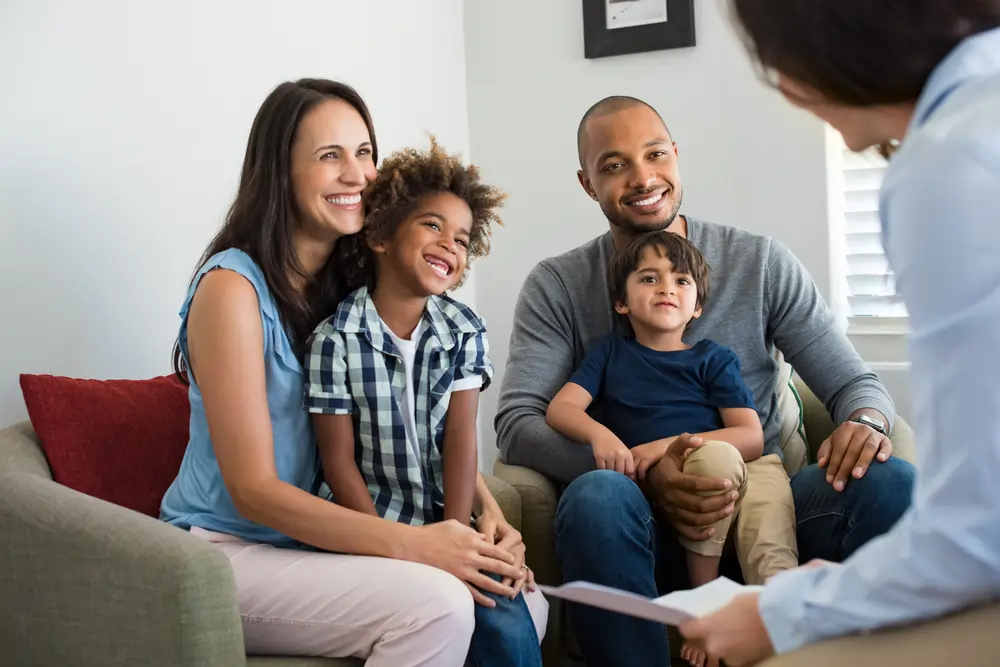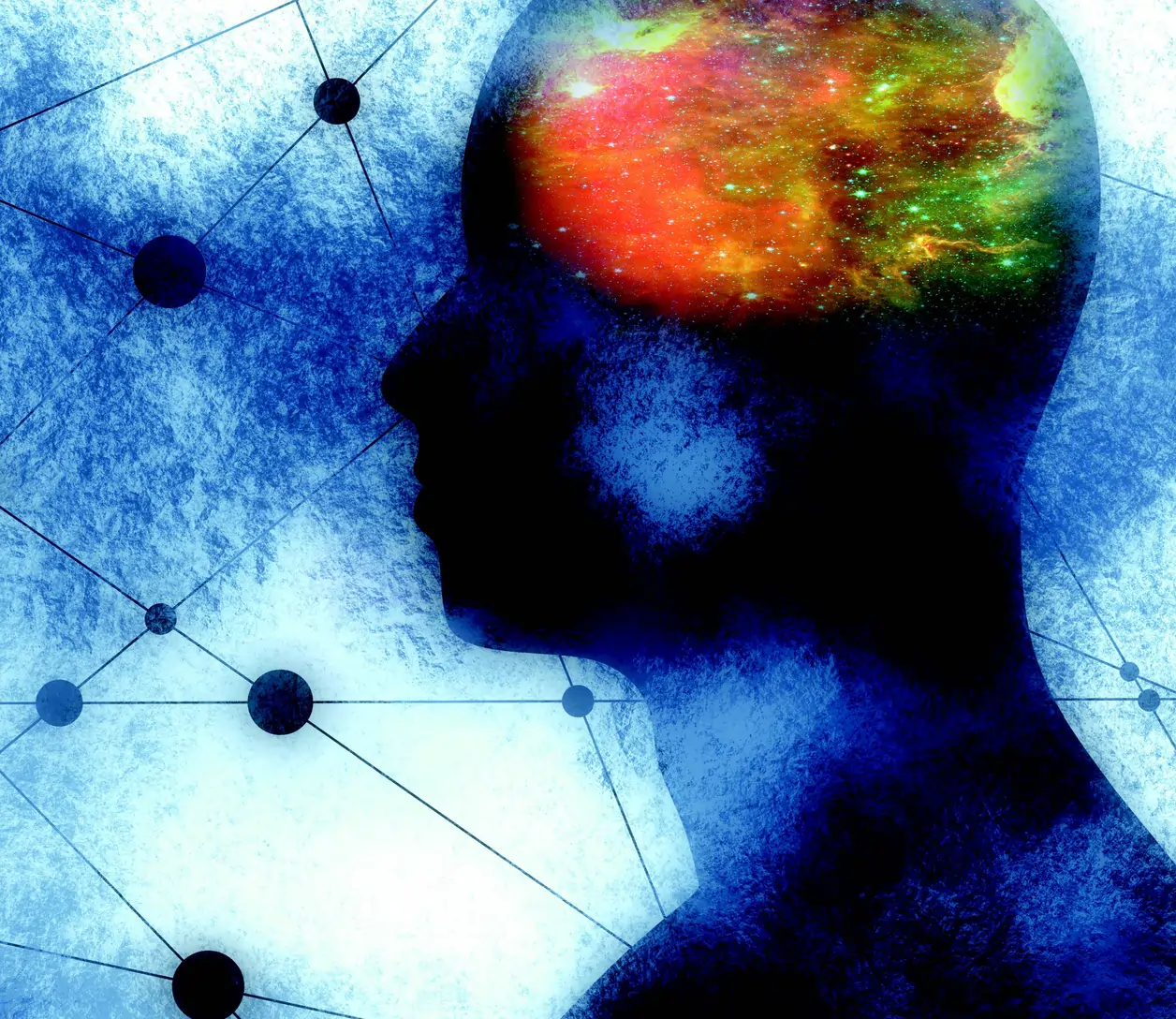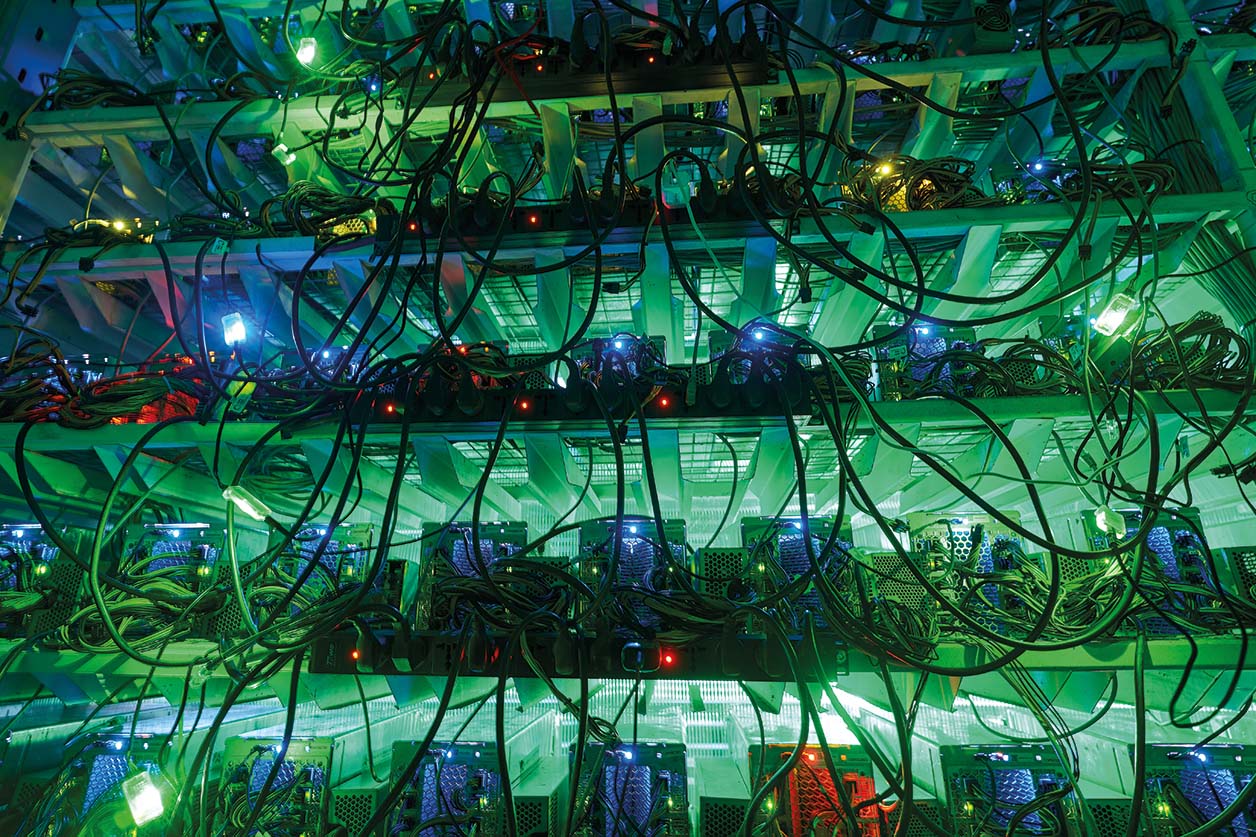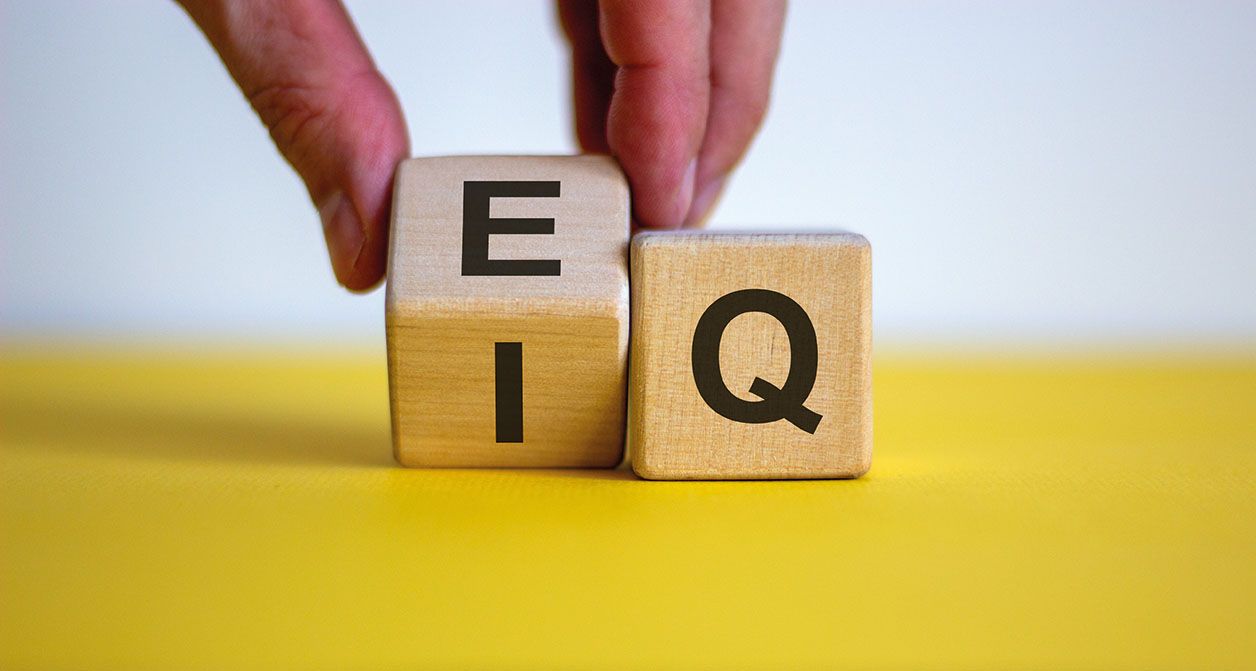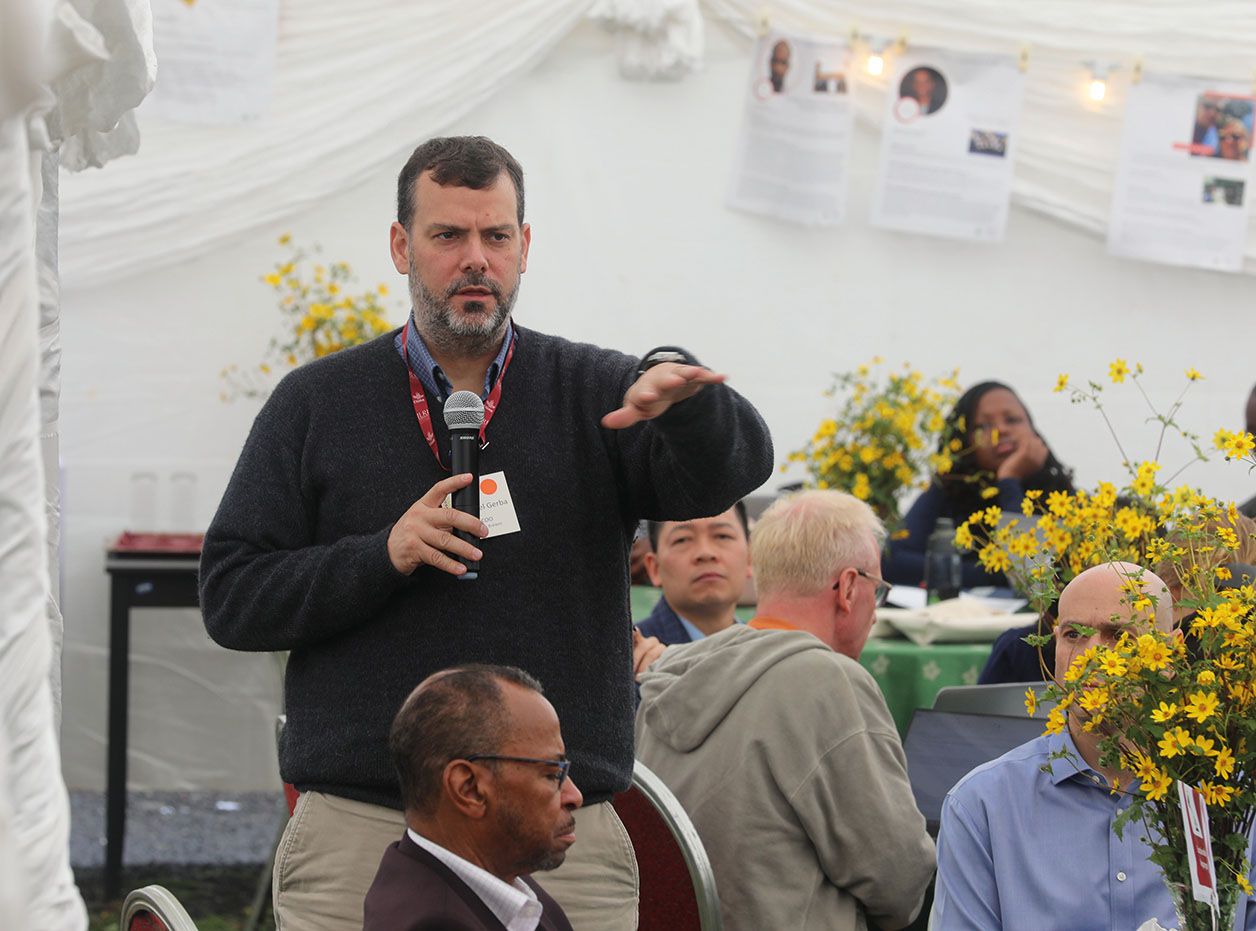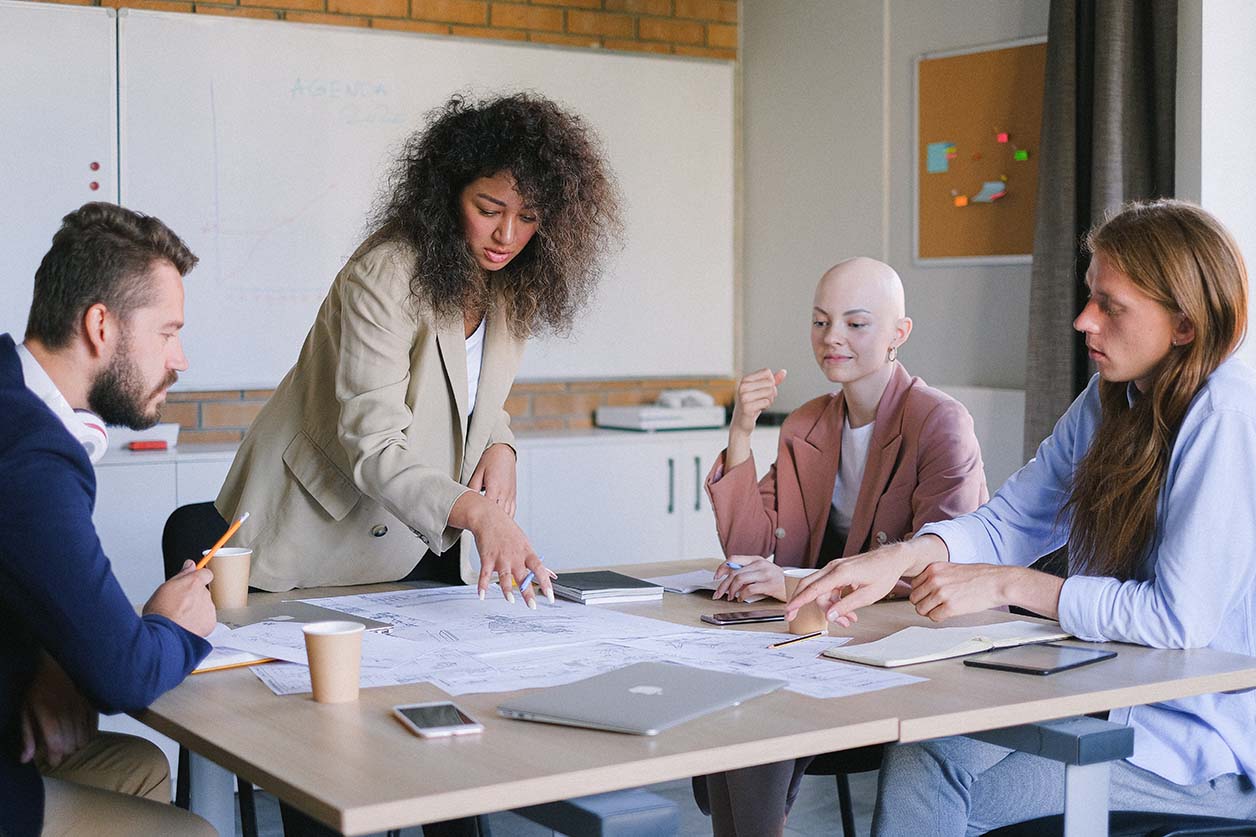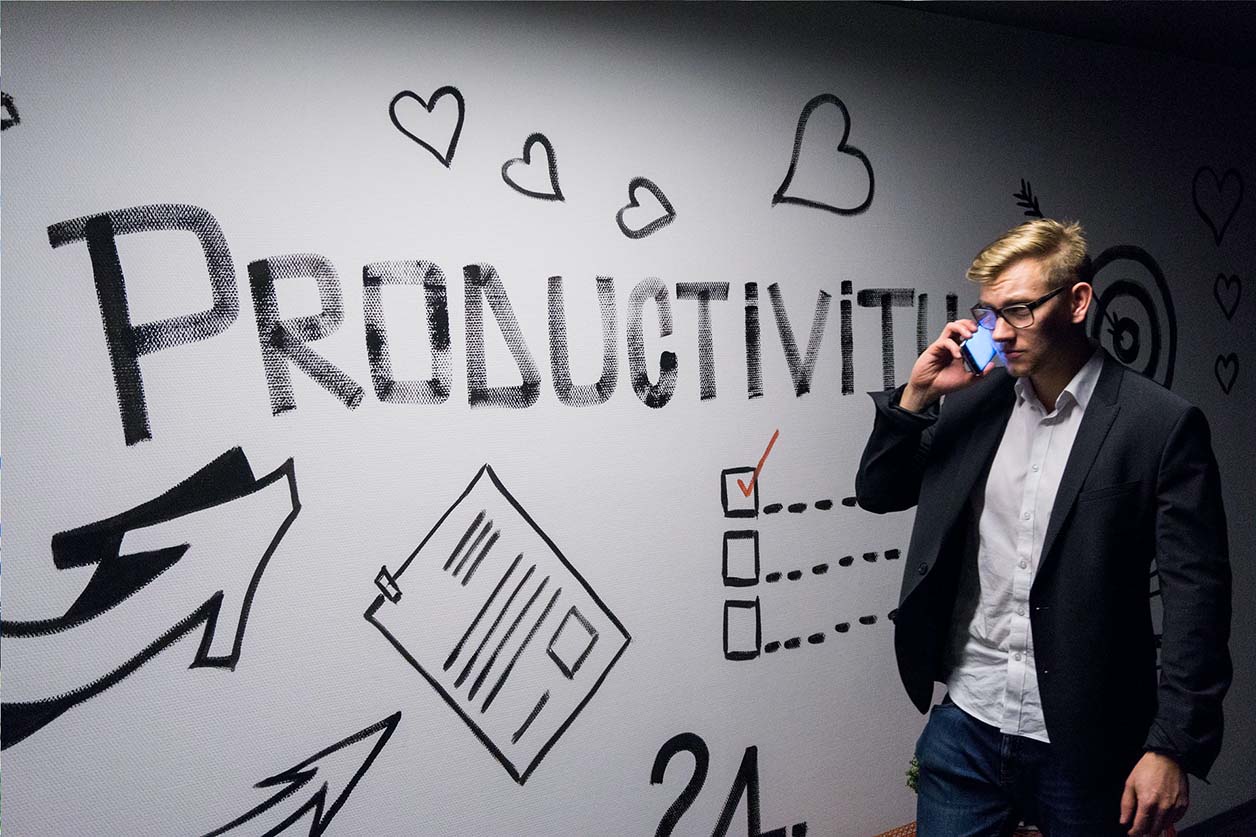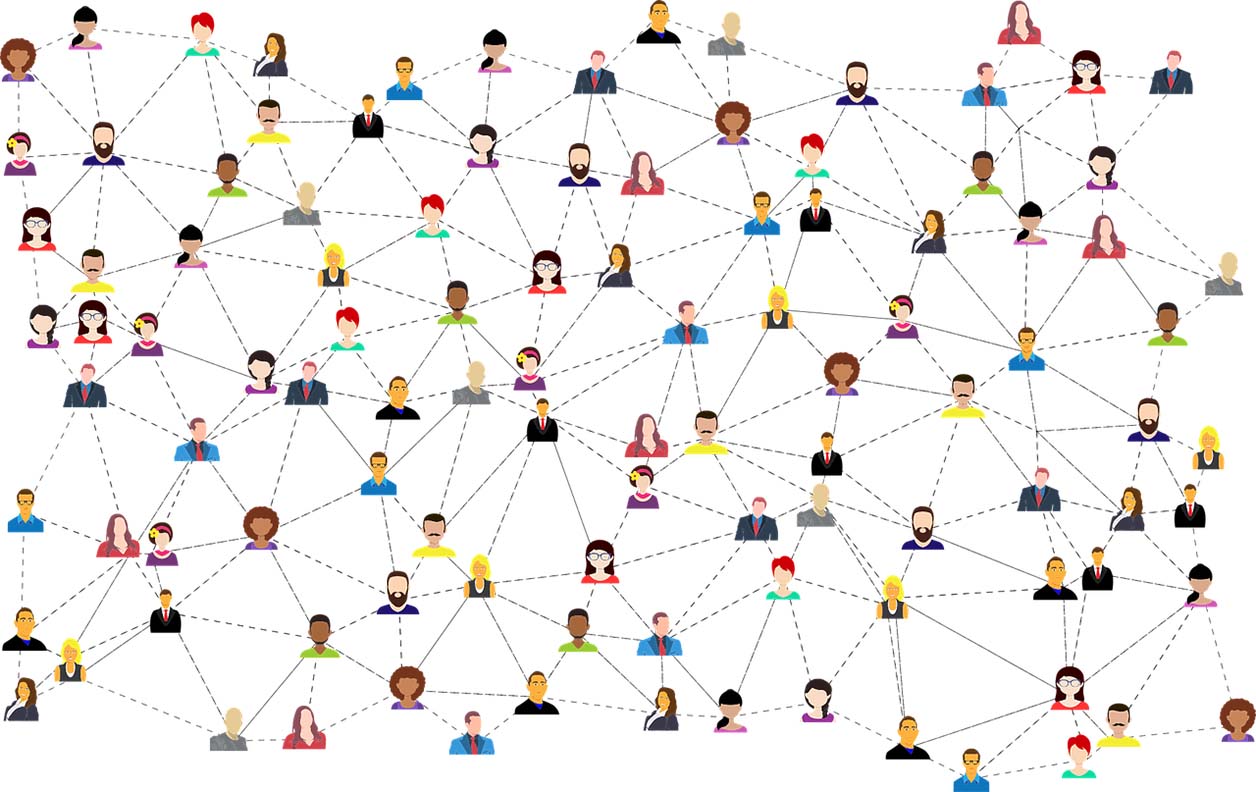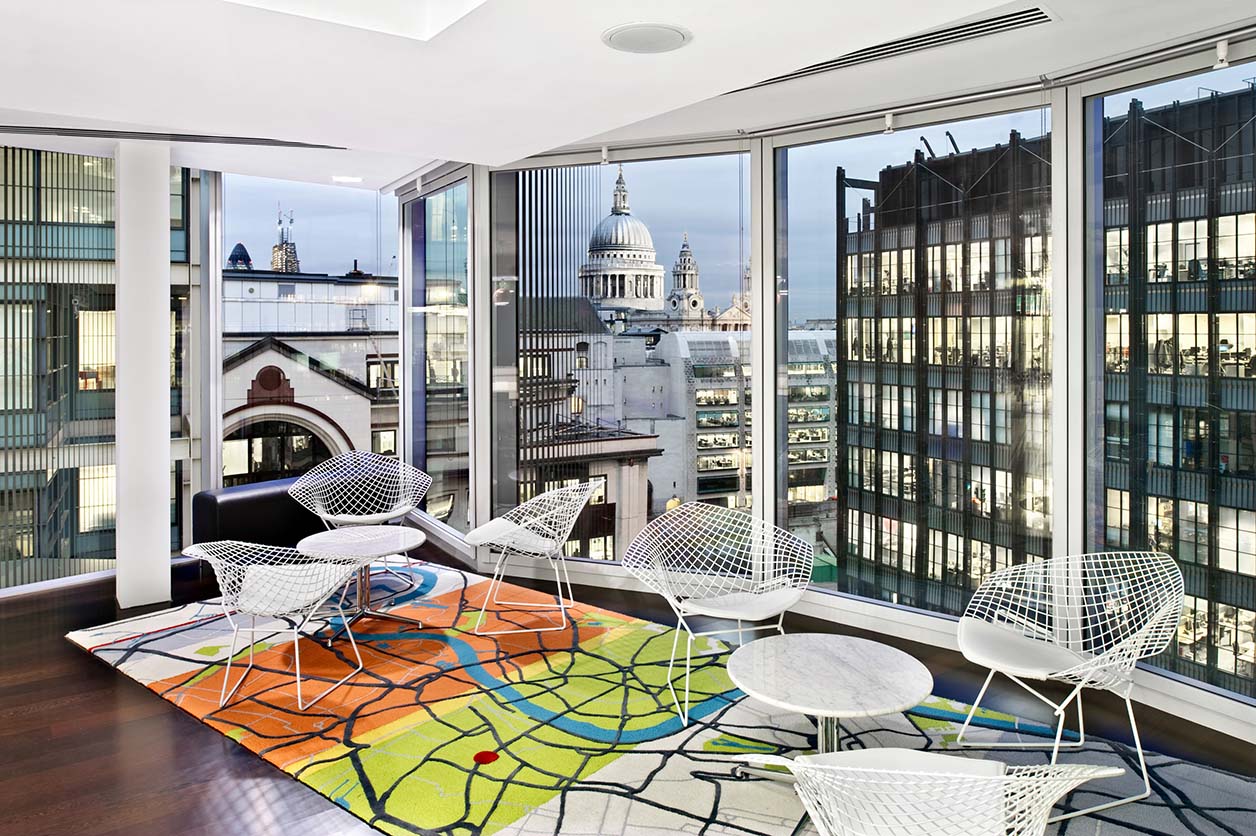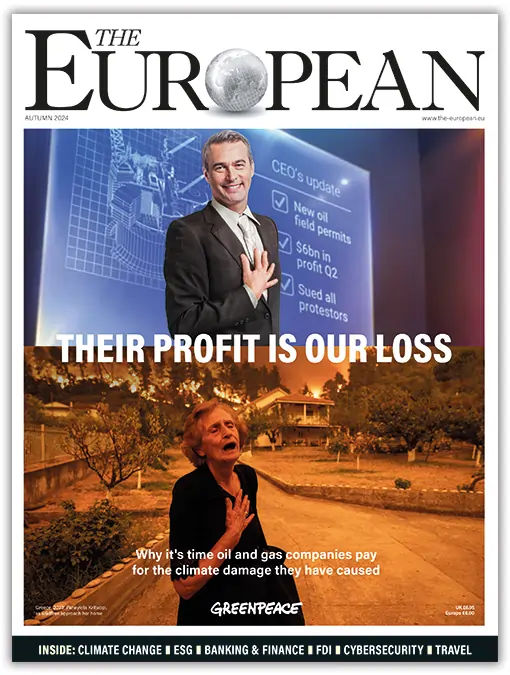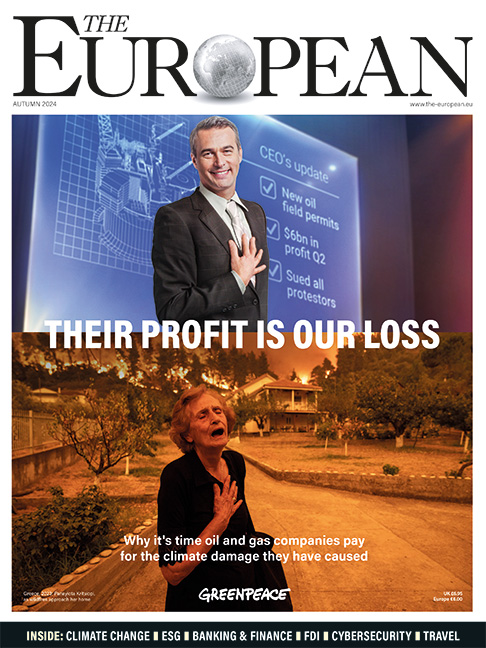By establishing three key principles, organisations can create valuable exchanges that enrich our collective pursuit of a sustainable future, says Katherin Kirschenmann, founder of The DO School and DO Fellowships
A seasoned R&D professional at a luxury carmaker, and a young entrepreneur aspiring to serve underprivileged communities with eco-conscious fashion in India: on the surface, they have very little in common. And in all likelihood, their paths would never have crossed, had they not been matched with each other in a mentorship programme. And yet, reflecting on their interactions, the mentor tells me that he’s become a better person, with a heightened sense of responsibility towards nature. As for the mentee, she’s gained invaluable insight into how to further develop her business idea, which will create tangible good in the communities she wants to impact.
For me, this example from beVisioneers, The Mercedes-Benz Fellowship – one of the fellowships we run at The DO School – perfectly illustrates how we can create meaningful innovation and lasting social change. The focus of the fellowship is on the training and empowerment of thousands of entrepreneurs and change-makers from around the world – and on bringing them together in a community of peers, as well as experts and mentors from various walks of life.
Most of the mentors in this community work at large companies and are volunteering their time to support young innovators as they journey from idea to implemented project. As the example above shows, the exchange can be of huge value for both mentor and mentee. Being part of a community that fosters planet-positive solutions contributes to an enhanced sense of purpose and job satisfaction on an individual level. And, for the mentor, the increased insight and understanding for diverse perspectives also serves as the inspiration to find or support innovative ideas inside their own organisation. We know that innovation thrives on diversity, and at this moment where the health of our planet is at stake, we see how this type of collaboration – particularly across generations – enriches not only individuals but also our collective pursuit of a sustainable future.
Breaking down silos, cultivating community
When we started The DO more than 10 years ago, it was already clear to me that in our increasingly interconnected world, the traditional model of organisational growth through niche product or service perfection was no longer working. Organisations can no longer afford to operate in silos. If they want to remain relevant and create the kind of social impact that consumers increasingly expect, they need to start cultivating and nurturing ecosystems and communities.
These networks can and should encompass diverse stakeholders from customers to entrepreneurs to NGOs, because meaningful innovation, particularly in the realms of social and environmental progress, best emerges when the process is inclusive and user-centred. At The DO School, we routinely use a co-creation approach to community building – one where users or beneficiaries play an active role in shaping solutions. After all, what good is innovation if it doesn’t meet real-world needs?
For example, we recently collaborated with a major fashion brand that was looking for ways to foster diversity, equity and inclusion (DEI), both more broadly in the fashion industry as well as in their own company. We facilitated an innovation process that brought together 15 diverse participants, many of whom had first-hand experience of discrimination and racism. Together with representatives from the fashion brand, they co-created multiple tangible solutions to increase DEI, which can now be implemented by the company. This approach ensured the inclusion of diverse voices and – big advantage! – had the user testing built into the innovation process.
Accessing such diverse inspiration is so vital for leaders and managers in large organisations – it’s simply often hard to come by amid the day-to-day work routines and team dynamics. But as the example of the DEI collaboration shows, when organisations actively seek out and embrace a community with diverse perspectives, they can unlock new pathways for innovation, growth, and positive impact.
Three principles for community building
So, what should organisations looking to engage in meaningful community building keep in mind? For organisations to seek out diverse perspectives it is essential to create communities that thrive on trust, ensuring that all members can bring their diverse viewpoints to the table and co-create in a meaningful way. Based on over 10 years of experience in building such communities, we have derived three main principles that need to be considered for community building: common purpose, people, and contribution formats.
Common purpose is the shared desire for a better future. It’s the foundation upon which diverse participants will connect. In the case of beVisioneers, for example, the common purpose is clearly defined as bringing planet-positive ideas to life. This purpose respects the diversity in experience, geography, and approach each participant brings and acknowledges that planet-positive action at scale can only happen when a variety of ideas and organisations jointly work towards this goal.
By people, I mean a community that provides value for each participant. Community members might find value in different activities and connections, for example by gaining access to and having meaningful exchange with people that they would otherwise not have met. In simple words, community is about give and take – and enabling all members to do both in a meaningful way is key.
The contribution formats are also important, as a healthy community should provide various formal and informal ways of contributing. Again, drawing on the case of beVisioneers, these formats range from virtual expert or social sessions to mentoring to in-person gatherings at the local, regional and global level. Through these formats, various sub-groups of participants can form, whether it’s two members connecting through mentoring, 20 people meeting at local hub events, or several hundred coming together in regional and global summits. Out of these organised formats, self-organised connections and gatherings start to grow and sustain the community from within.
Establishing and upholding all three principles enables communities to build a safe space, which in return is the key for fruitful exchanges and lasting social change.
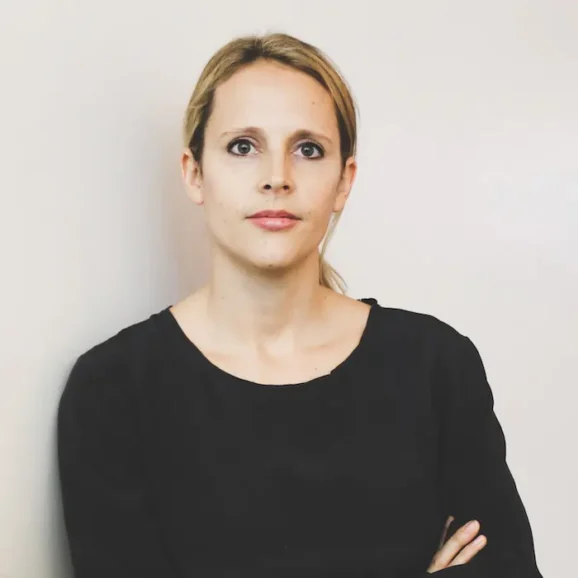
About the author
Katherin Kirschenmann is founder of The DO School and DO Fellowships, which also launched beVisioneers, the Mercedes-Benz Fellowship.
Main image: Members of The Do School, with founder Katherin Kirschenmann front, centre


